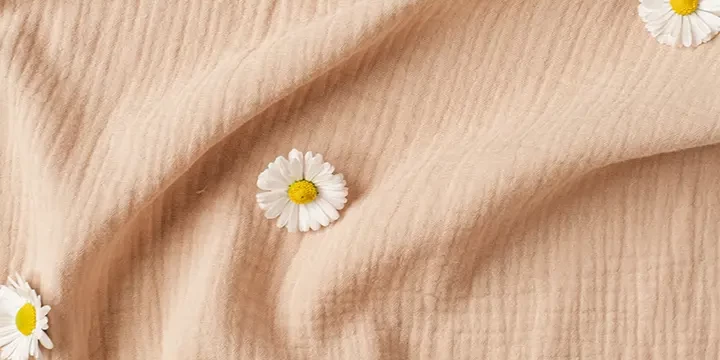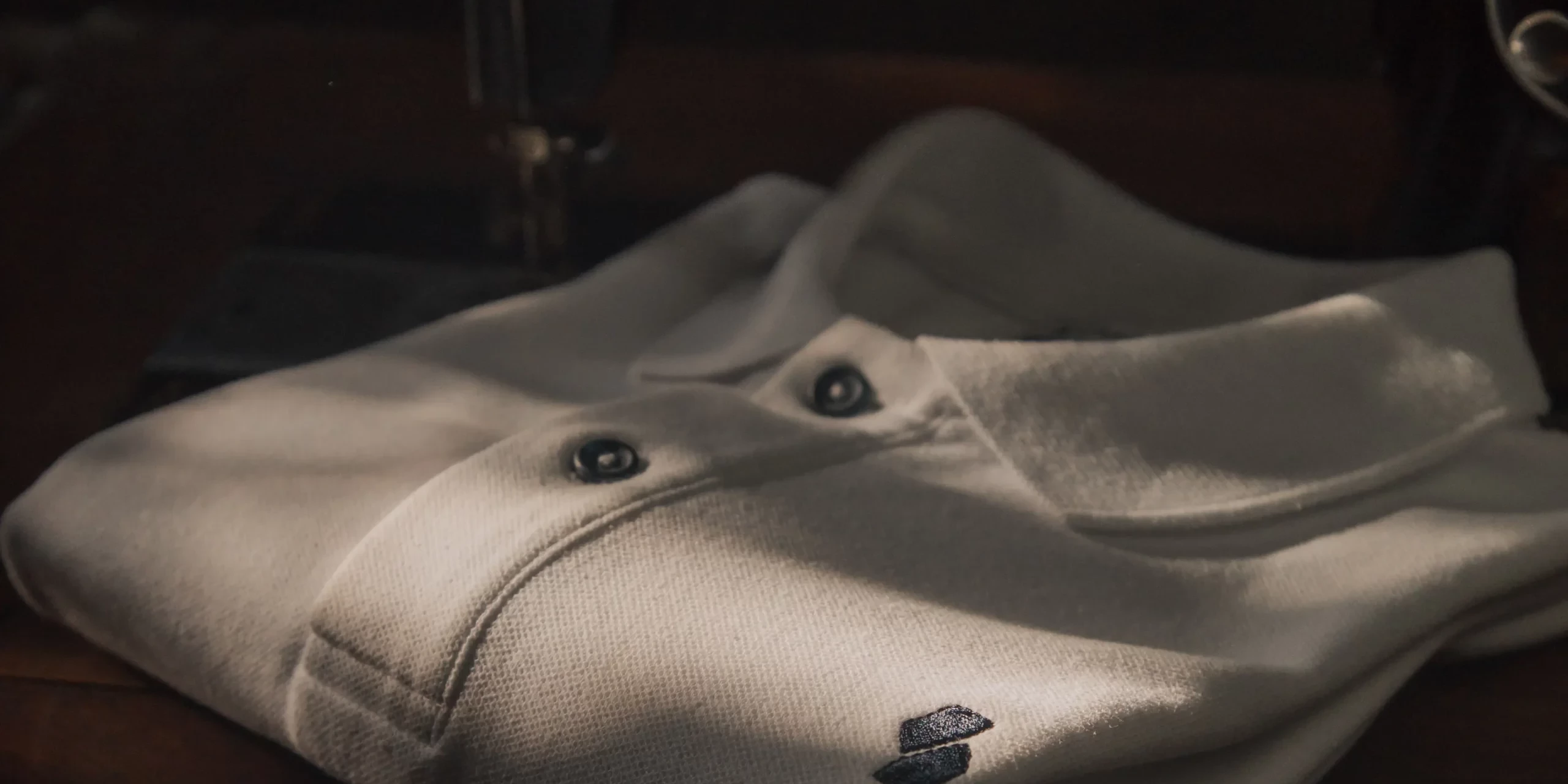A Deeper Look at Viscose Fabric Sustainability
Soft, breathable, and frequently utilized in the fashion business is viscose fabric. Yet, due to the production process, questions have been raised concerning its environmental impact. This article investigates the sustainability of modal, lyocell, and Tencel fabrics as well as viscose and other varieties.
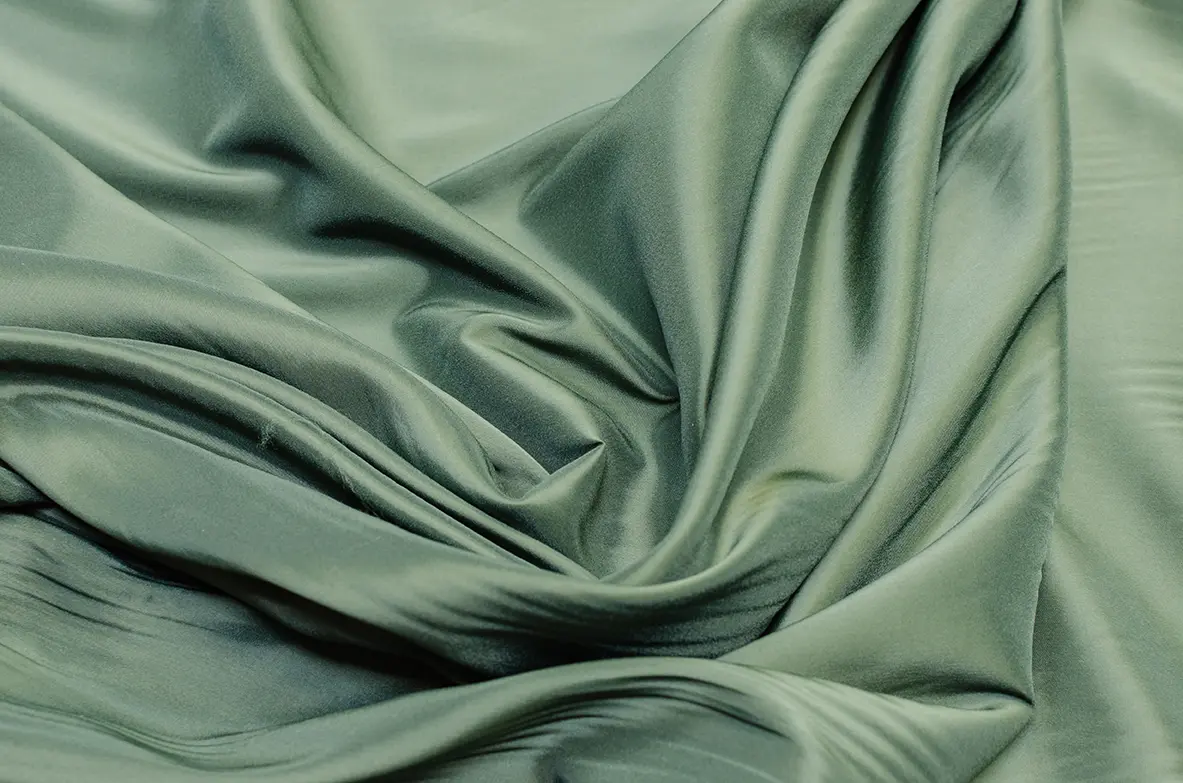
Table of Contents
ToggleWhat is fabric made of viscose?
A synthetic fabric manufactured from cellulose collected from bamboo, beech, and pine plants is called rayon, also known as viscose. To generate a soft and breathable fabric, cellulose is treated with chemicals like sodium hydroxide and carbon disulfide. Dresses, skirts, blouses, and textiles resembling velvet are frequently made from viscose fabric.
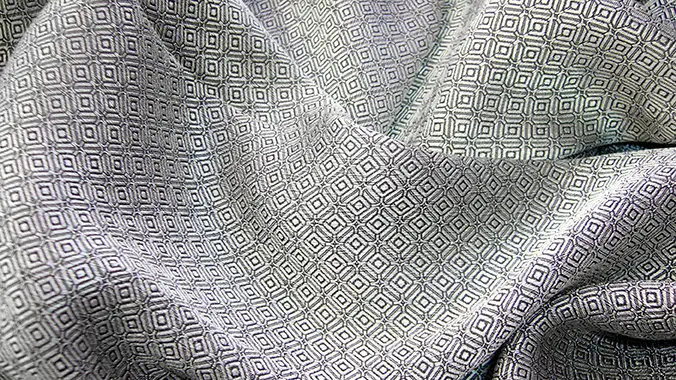
Viscose Fabric’s Sustainability
Due to the hazardous chemicals utilized, the production process for viscose fabric has come under fire for having an adverse effect on the environment. Yet not all viscose fabric varieties are created equal in terms of sustainability.
Benefit
Viscose is biodegradable and compostable since it is made of renewable plant-based components. Viscose uses less water and emits less greenhouse gases than cotton and polyester, which have a greater negative influence on the environment.
Drawbacks
Nevertheless, a lot of chemicals, including the toxic carbon disulfide that can be hazardous to both the environment and employees’ health, are needed to produce viscose. Additionally, using plant-based ingredients to make viscose can have a negative effect on the environment, especially if deforestation or other damaging practices are employed.
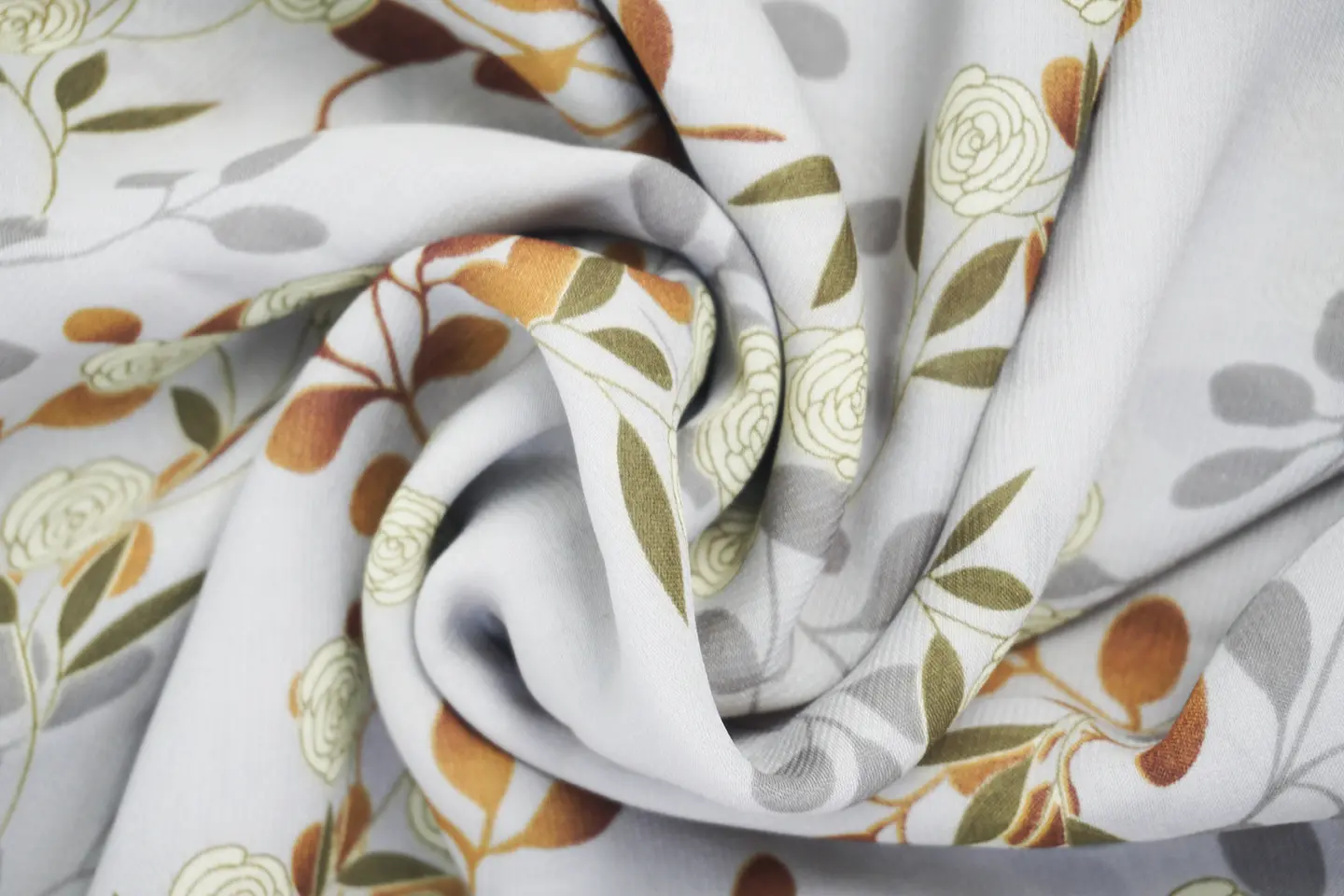
Substitutes for viscose fabric
Customers can search for more environmentally friendly viscose substitutes like modal, lyocell, and Tencel. These viscose kinds are made using fewer hazardous chemicals and in closed-loop manufacturing processes that recycle the chemicals used during production.
Modal
A form of viscose fabric called modal is created from the sustainable resource of oak tree pulp. 95% of the chemicals used in the manufacturing of modal are recycled through a closed-loop system. Because of this, modal is a better option for the environment than conventional viscose fabric.
Lyocell
Another type of viscose fabric derived from beech trees is lyocell, sometimes referred to as Tencel. Up to 99% of the chemicals used in the creation of lyocell are recycled through a closed-loop system. As a result, lyocell is the most environmentally friendly type of viscose fabric available.
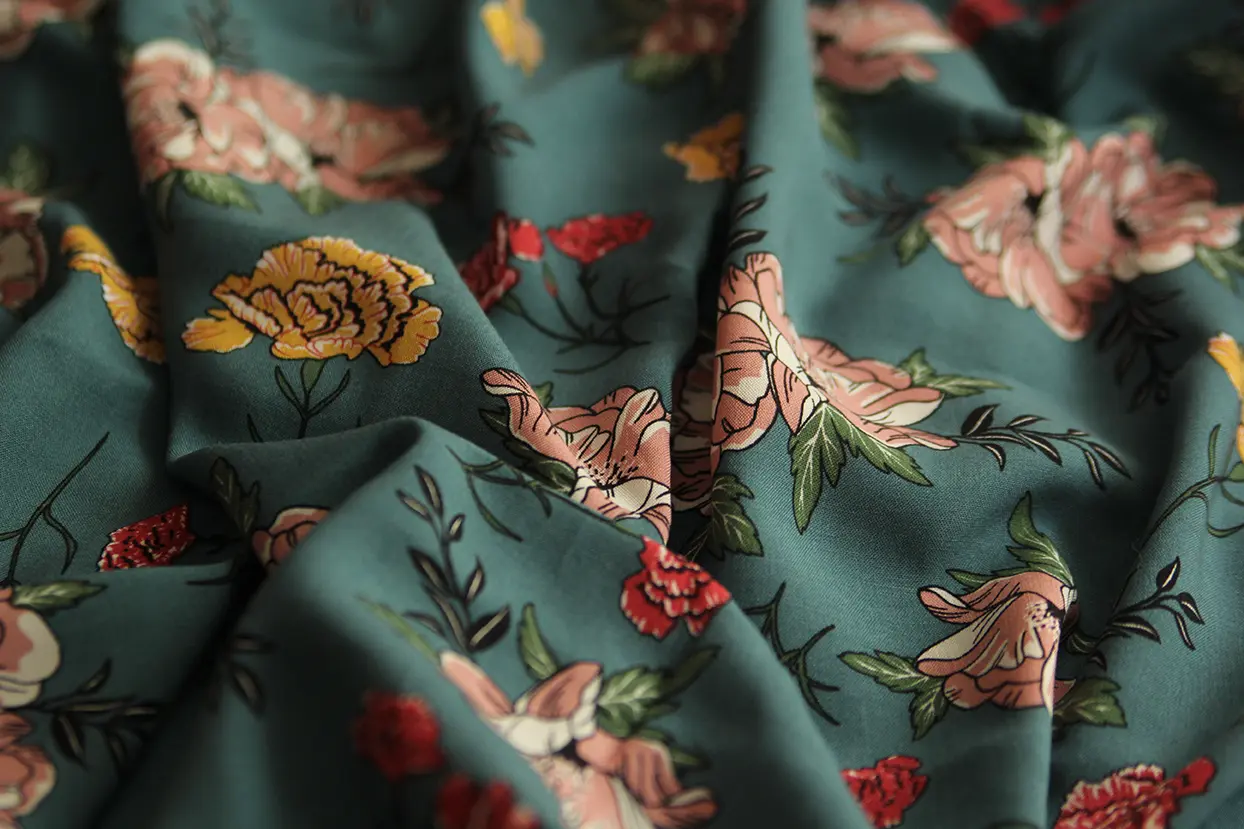
The Environmental Effects of Viscose Fabric
As a result of the usage of hazardous chemicals and deforestation, the manufacture of viscose fabric has a substantial negative impact on the environment. The production-related chemicals can damage wildlife and contaminate rivers. Deforestation and the loss of animal habitat are further effects of the demand for wood pulp.
Some businesses have adopted more environmentally friendly production techniques for viscose fabric in order to address these problems. For instance, some businesses employ beech or bamboo as a more environmentally friendly source of cellulose. In order to reduce the quantity of chemical waste, several businesses have built closed-loop production processes.
Conclusion
Because it is supple and breathable, viscose fabric is a favorite in the fashion world. But, because of how this fabric is made, there are questions regarding how it may affect the environment. Traditional viscose fabric can be replaced with more eco-friendly materials like modal, lyocell, and Tencel. Consumers should educate themselves on the sustainability of the goods they buy and support businesses who are working to reduce their environmental impact.

